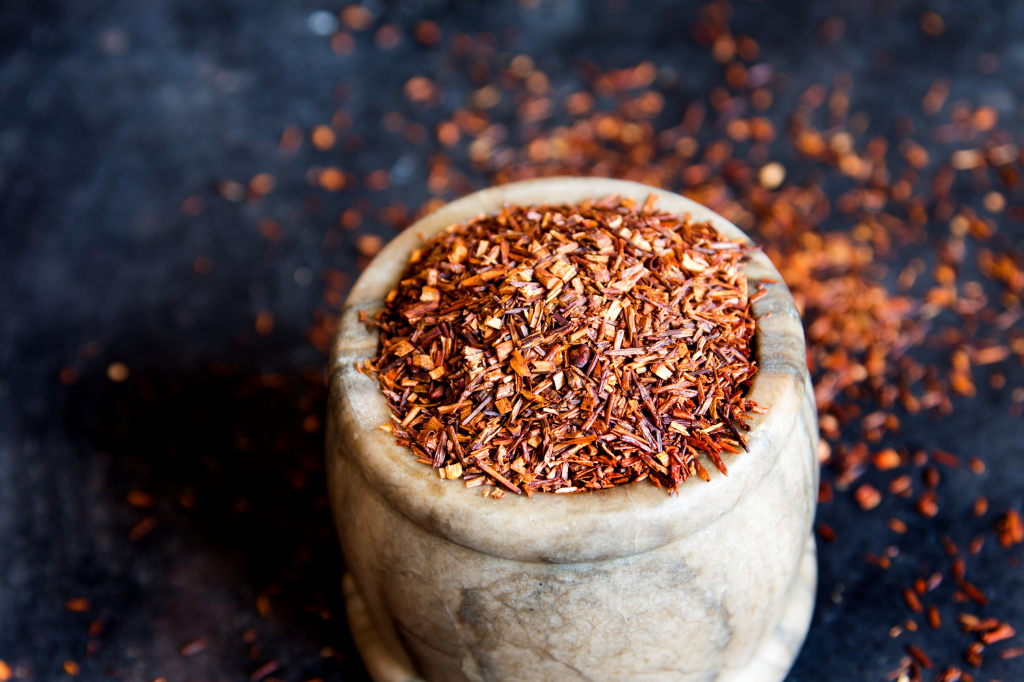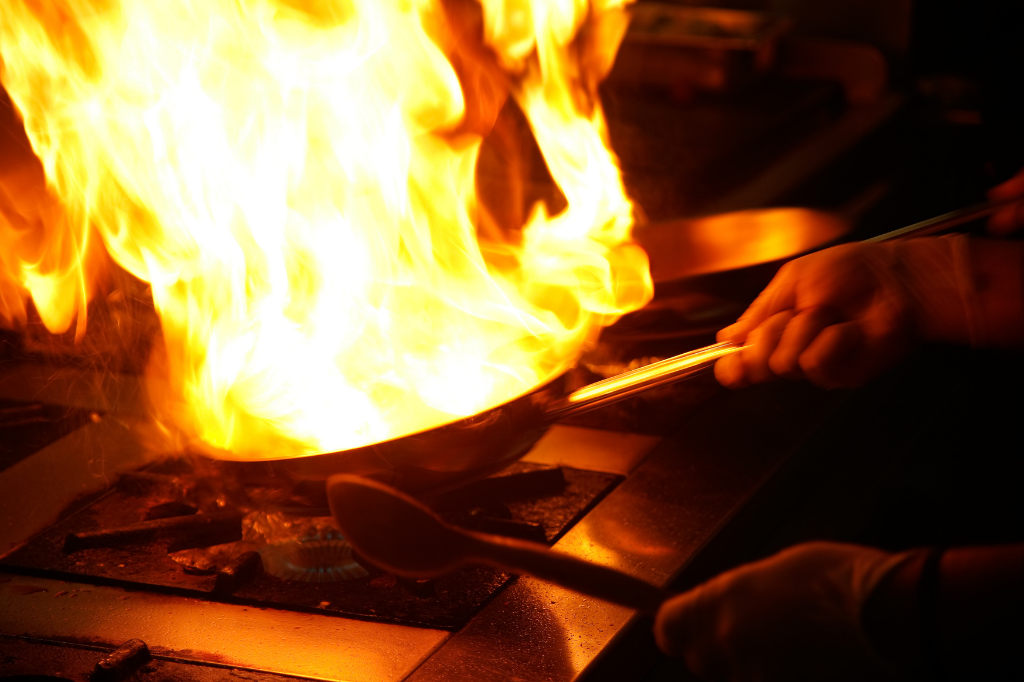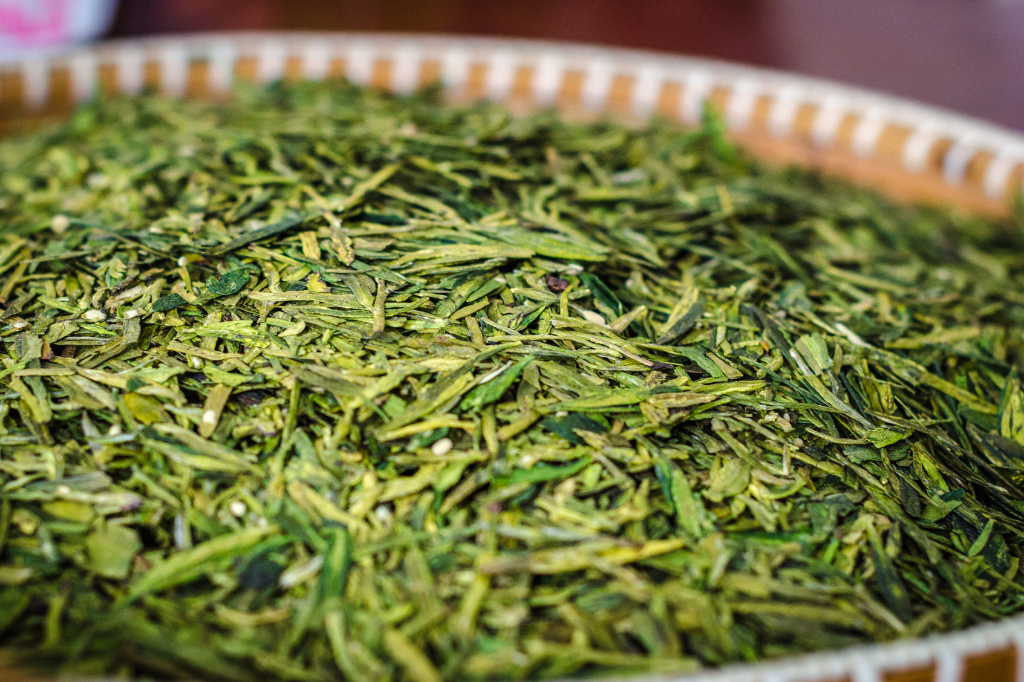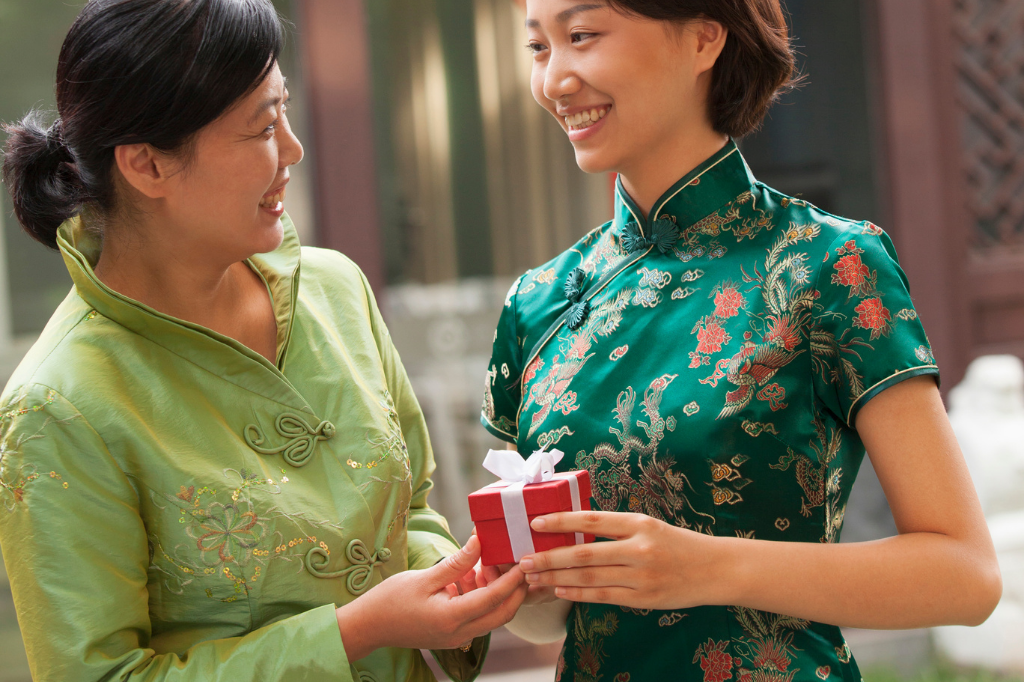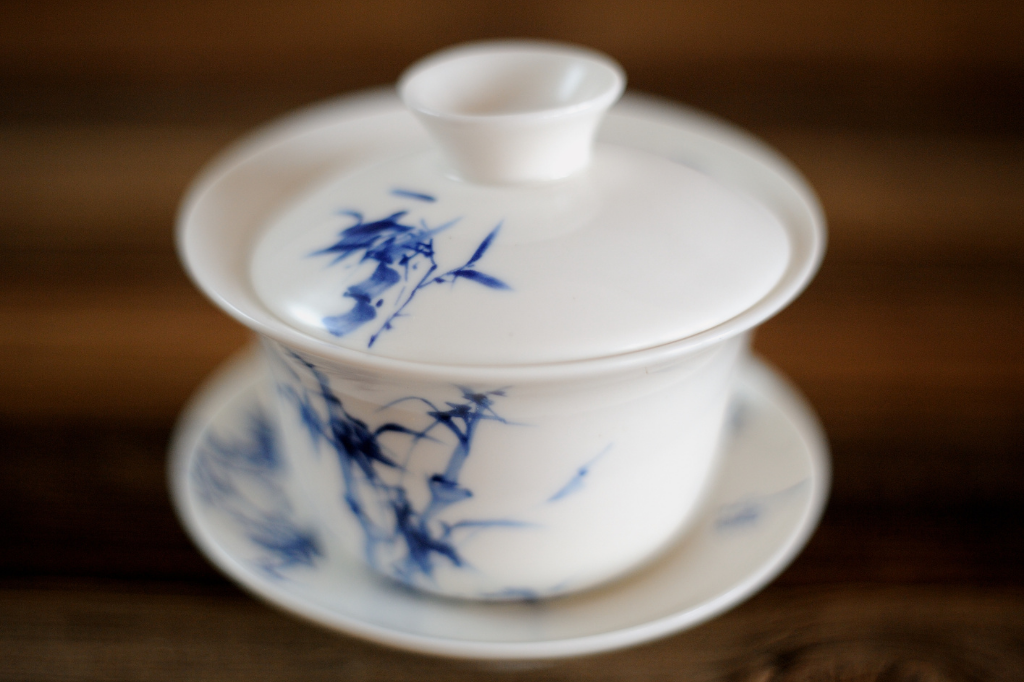The Zheng banquet refers to the imperial feast served for diplomats from foreign countries and celebrating national festivals in ancient China. Extravagant and sumptuous can accurately describe the banquet, and the meaning of the feast is beyond enjoying food. Normally, emperors adopted those delicate dishes as a peace strategy.
The most well-known Zheng banquet is Manchu Han Imperial Feast, which is set to settle the conflicts between the ethnic groups. In AD 1644, a nomadic group Manchu from the northeastern part broke tramped the national boundary line and built up the Qing dynasty. The new emperor conquered this land but not those people from the Han group, the population of whom were times of Manchu. Two groups despised each other’s culture, causing conflicts and anger. The rebellion caused by anger was likely to threaten the stability of the young nation. For solidarity and stability, the Kangxi emperor held the national Zheng banquet to represent culture fusion.
Manchu Han imperial feast includes 108 cuisines with 6 subjects. The authority invited many chefs from the two ethnic groups to compete for their cooking techniques. After the competition, a combined menu of 108 cuisines was born. The nomadic team Manchu preferred rough dish roasted beast meat, while the Han group created delicate cuisines. Before the event kicked off, incense ignition, desserts, and classic tea were essential. Milk tea, originating from Manchu, also appeared with traditional tea drinks. It followed that dried fruit, nuts, cold dishes, pickles, soups, noodles, and alcohol. The main cuisine such as peal chicken and seafood stew were the highlights. The 6 subjects represented the status of people who can enjoy the banquet respectively. They were officials defending boundaries or politicians serving in the royal court.
Besides, the official banquet was accompanied with an orchestra, and utensils containing them were luxurious. Played by a handful of musicians, the room was full of wonderful sound and food aroma. Following the tradition of the Han dynasty, the Manchu royal court was eager to get rid of their barbarous mark. Utensils used in the banquet were burned in the royal porcelain factory. The national-level plates and containers were designed to keep the dish in it for a long time. The shapes of those bowls were the imitation of animals such as fish, and deer, and the cover was embedded with jade stones.



